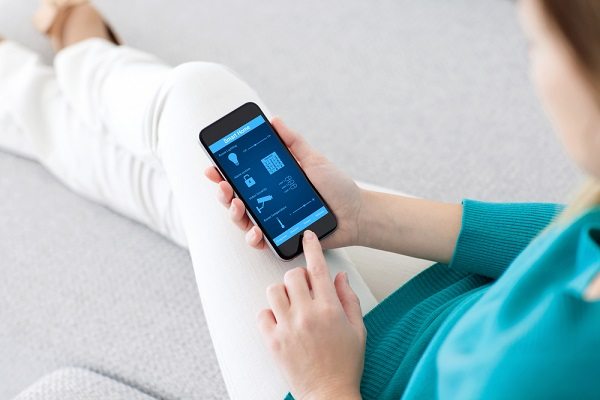Lighting professionals are throwing a few interesting words around the industry these days: “intelligent,” “IQ,” “connected,” “aware,” “capable.” You’d think lighting manufacturers and sellers were describing their CEOs and engineers. As it turns out, these words are used to describe the advantages of their products. Lighting stopped being merely a “bulb in a fixture” decades ago, and in the past few years, manufacturers have dramatically improved lighting technology. In fact, the industry has come so far it’s melding into the Internet of Things and presenting consumers and businesses with an unlimited amount of lighting potential.
What is the Internet of Things?
Before anyone can truly understand how lighting fits into the IoT, they need to grapple with the complexity of what the IoT even is. In it’s most simple form, the IoT is about linking devices over the Internet. A more accurate explanation is that it’s the web-based connection of sensors that continuously gather data. The accumulation of this data allows the devices to, in a way, communicate, and the analysis of that communication allows people to make better informed decisions.
Now, lets consider modern lighting technology in the context of the IoT.
The Growth of Sensors
A light bulb or fixture is just a source of light until a sensor — often known as the lighting control — is attached. Then, it becomes intelligent. Depending on the data the sensor collects, commonly light or movement, the light source automatically turns on or off. Sensor modules for fixtures and lamps alone have become so sophisticated in recent years that the capabilities have become much more diverse than just on-and-off commands. Advanced lighting systems can shut off a certain number of fixtures in a space depending on the amount of natural light in the room, or they can dim or brighten to a certain degree when necessary.
Internet-connected Devices
Sensors in and of themselves don’t connect a device to the IoT – they need the Internet for that. By implementing web-based lighting systems, whether wireless or hardwired, the systems move from merely being smart to also becoming connected and part of the slightly strange and ever-growing landscape of the IoT. By connecting these devices and the data they gather to the Internet, users are able to analyze the information. Instead of environmental data affecting one source, it influences an entire building or city – even policymakers. Today, sensors that gather numerous types of environmental information from pollution to traffic congestion are attached to fixtures. With enough connected sensors, there are no limits to the information organizations can gather regarding a building, street, entire town or even the planet.
How Does the IoT Affect the Average Person?
The IoT is a major concept that the technology industry has chatted about and dreamed of for years, but in terms of how lighting within the IoT affects the average person or business, it’s a little less grand — though no less helpful and frankly, cool. If a homeowner or organization’s lighting system is web-based, individuals can control the system through the Internet, which really means on their phones or tablets.
Sophisticated lighting systems allow users to do everything from adjust the color and brightness of specific lighting systems or lamps to gather energy usage and cost data. An industrial facilities manager may not need fixtures to gather air quality information, but he or she does want to know how much running these fixtures costs the business and whether factors can be adjusted to lower their expense. The owner of a small clothing store may want to tone down or brighten the light throughout his or her boutique to make the items look more enticing to customers. A homeowner may just want to play with unique colors and atmospheres for movie nights and dates.
Not every manufacturer has a connected lighting system on the market yet, but they are on the way. Sylvania Lighting’s Lightify offers home and small-business owners a comprehensive smart lighting solution. It takes only a few minutes to install the necessary lamps and download the app to their phones or tablets. Once the system is in place, users can control their lights from anywhere in the building and custom their environment to suit their specific needs.
For more information on an intelligent and connected lighting system, contact Border States today.
